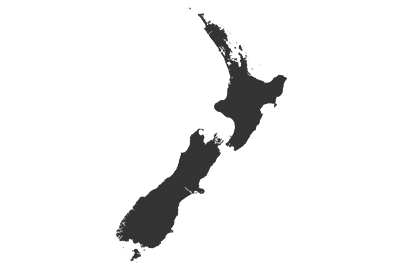
French photographer and video creator Romain Sarret started experimenting with photography in 2005. He soon realised that he wanted to do more than just take photographs; he wanted to makes films as well: ‘I fell in love with filming from the moment I started doing it.’ After spending countless hours watching tutorials and reading articles to improve his skills, he became an expert on hybrid cameras with the Micro Four Thirds (MFT) sensor and a big fan of Panasonic’s LUMIX GH cameras. That’s why Panasonic asked him to become an ambassador and to test the new LUMIX GH6. ‘In my opinion, the GH6 is clearly the new king of Micro Four Thirds because it offers the best in terms of performances in this format.’
Romain wanted to make a film about Miami in the atmosphere and style of the 1980s. ‘A bit like the Miami Vice TV series. I really like this era because it reminds me of my childhood and all the movies and TV shows I watched. Many of them took place in the US. I also wanted to highlight the anamorphic mode. Not only because I love the look, but also because it is perfectly suited to that era, since most films and series back then were shot in anamorphic mode.’ Shooting in this mode, however, is easier said than done. ‘There are so many constraints. The lens must be aligned perfectly, otherwise the shots and flares are distorted.
In addition, there are some constraints regarding focus, because you have to make two focus pulls: one with the main lens (usually set to infinity) and the other one with the anamorphic scope. The GH6’s anamorphic mode is awesome, as its native 4:3 format matches perfectly with the anamorphic 2x ratio to provide a perfect cinematic rendering of the 2.39 ratio. Moreover, this anamorphic mode is in 5.8K, a very high definition that enables you to crop in post-production on a 4K project timeline. The GH6’s new feature of being able to zoom in on the monitor ‘during’ the recording was a lifesaver for me.
It enabled me to check my focus, whereas on previous cameras you could only do this prior to the actual filming and not while it was happening. Also, you have the amazing tool that enables the desqueeze of your anamorphic image directly on your camera display, making it easy to get a preview of the final shot. These are awesome and major improvements!’ According to Romain, the LUMIX GH6 is the perfect run-and-gun camera. ‘Everything is easy and fast to configure, the stabilisation is stunningly effective. Moreover, it’s quite impossible to miss shots with this camera, and you don’t have to worry about it overheating since it has an integrated fan. This means there’s no limit to recording time. The image quality is stunning, especially in 5.7K ProRes HQ or the 5.8K resolution in anamorphic mode.’ Romain is convinced that the Micro Four Thirds system is the ideal format for video creators. ‘It’s the only format to offer the native ratio that enables shooting in 2x anamorphic mode. It also has a great depth of field, and by choosing lenses with fast apertures, it’s possible to obtain a very shallow depth of field.
Moreover, lenses are another advantage of the MFT system: there are so many to choose from and you can get very good ones at very low prices. Finally, the MFT system has the undeniable advantages of compactness and lightness. This really makes a difference when you’re shooting for a long time with a Gimbal stabiliser.’ The GH6’s internal ProRes(HQ) is a huge step forward for Romain: ‘It requires modern CFExpress Type B storage due to the large file size and need for fast writing speed, but will help dramatically in post-production when it comes to editing and montage performance. Playback is smooth, even with mid-range computers, not to mention the high quality in this codec.’ He’s also a fan of the 10 bit 4K 120 slow-motion. ‘Because it offers really slow movements (x5 in 24p) and the quality of the footage is so impressive.’ He concludes by saying ‘overall, I was really impressed by the image quality of this camera, especially the colour science and dynamic range. It’s a great for colour-grading in post-production and provides great creative control.’







